Manila Cathedral: Surviving Earthquakes and Wars for Over Half a Century
- Jenn & Leon

- Aug 30, 2023
- 12 min read
Updated: 4 days ago
The Manila Cathedral, also known as the Cathedral-Basilica of the Immaculate Conception, is a historic and significant minor basilica located within the ancient walled city of Intramuros in Manila, Philippines.
It has been the site of significant religious events, including papal visits, canonizations, and large-scale liturgical celebrations.

The Manila Cathedral is the premier basilica of the Philippines and serves as the "Mother of all Churches," dedicated to the Immaculate Conception of the Blessed Virgin Mary as the Patroness of the country.
It is the cathedral church of the Archdiocese of Manila.
In this blog post, we will take you on a virtual tour of Manila Cathedral, delving into its incredible history spanning almost half a century and its epic tale of survival and endurance in the face of adversity.

In This Post...
Our Manila Cathedral Highlights
While we always had Manila Cathedral on our list of places to visit, our desire to get there was exacerbated by the fact that it started to pour with rain!
We had just finished a wonderful meal at Barbara's Heritage Restaurant when the 'heavens' opened.
We decided to make a run for it, as it was only a few minutes' walk away, and the cathedral was a welcome refuge when we finally made it.
We did not know what to expect, having added it to our list but not completed much research before our visit.
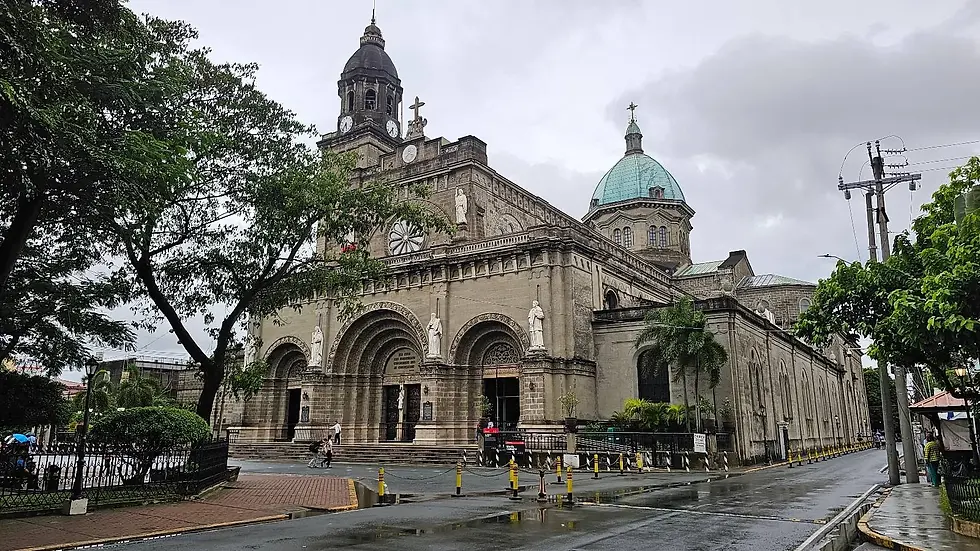
As we rushed in from the rain, we did not have much time to truly appreciate the outside of the cathedral, although we did when we left, of course.
That being said, we were immediately captured by the size and beauty of it, in particular the large pillars and domed ceilings.
The Manila Cathedral showcases a blend of architectural styles, primarily reflecting Spanish Renaissance and Neo-Romanesque influences.
The façade features intricate carvings and reliefs depicting scenes from the life of Christ and the Virgin Mary.
The central nave is flanked by side aisles, with a transept crossing forming the shape of a Latin cross.
The interior is adorned with ornate details, stained glass windows, and religious artwork.
It is really beautiful inside, and we took a long moment of pause to really embrace and appreciate it.

This cathedral is known for its twin bell towers, which stand on both sides of the façade.
These bell towers have become iconic symbols of the cathedral and Intramuros.
They were initially constructed in the 19th century and have been rebuilt and restored over the years.
When outside observing them, Leon encountered a tour guide who explained that the cathedral had been rebuilt seven times. Seven times!
This was the first we had heard about this, which, of course, as history lovers, spurred our desire to learn more.
One of the enduring things the guide said was, 'It was not the British, the Japanese, or the Americans that damaged our cathedral. It was war.
This was a really poignant moment and one that neither of us will forget. More about the history in the next section!

Another highlight for us was learning about what a 'minor basilica' is.
We knew what a basilica was but assumed that the 'minor' literally just meant 'small.'
However, it has a far greater significance. Pope John Paul II, now a canonized saint, raised the Manila Cathedral to the dignity of a basilica (motu proprio) on April 27, 1981.
A Minor Basilica is a Church of historical and architectural value which has "particular importance for the liturgical and pastoral life" of some place. In essence, it is the Pope's Church in some place around the world.
We are really grateful to have been able to visit and enjoy this special, holy place.
It was an important visit for our energy, hearts, and learning.
Overall, it was a major highlight of our trip to Intramuros in general, and we certainly felt a stronger connection to Manila and our Christian roots through being here.

The Incredible History of Manila Cathedral
The original Manila Cathedral was established in 1571 but underwent several rebuilds and renovations due to natural disasters, fires, and wars.
The current structure, the seventh one to stand on the same site, was consecrated in 1958.
The first cathedral was a simple thatched-roof structure, but it was destroyed by a fire in 1583.
The second cathedral was built in 1591, but it was also destroyed by fire in 1645.
The third cathedral was built in 1614, and it survived for over 200 years. However, it was damaged by an earthquake in 1863 and was eventually demolished in 1879.
The fourth cathedral was built in 1879, but it was damaged by another earthquake in 1880.
The fifth cathedral was built in 1760, and it survived until 1852, when it was demolished to make way for the sixth cathedral.
The sixth cathedral was built in 1858, but it too was destroyed by fire in 1945 during the Battle of Manila.

The present Manila Cathedral is the seventh cathedral and took four years to build, its completion coming in 1958.
It is a neo-Romanesque structure with a capacity of 5,000 people.
It is the final resting place of many of the former prelates of the Archdiocese of Manila, including Cardinal Jaime Sin.
It was also the venue for the requiem mass for former President Corazon Aquino.
The current cathedral has also hosted several papal visits. Pope Paul VI was the first in 1970, and Pope John Paul II celebrated Mass at the cathedral during his visits to the Philippines in 1981 and 1995.
The current cathedral has undergone multiple restoration and renovation projects over the years to preserve its historical and architectural significance.
One of the most extensive renovations took place in preparation for the Philippines' hosting of the 2015 Papal visit, where Pope Francis celebrated Mass at the cathedral.

Manila Cathedral is a significant landmark that has been witness to many important events in the Philippines' history, including the Spanish colonization, the Philippine Revolution, and the Second World War.
It also hosted a major gathering after the Philippine Declaration of Independence (from Spain) in 1898.
⪢ Key Historical Events that Took Place in the Manila Cathedral
● The first baptism of a Filipino in Manila was held in the cathedral in 1571.
● Baptism of Rajah Matanda, the last chief of Tondo, in 1571.
● Coronation of King Philip II of Spain as the King of the Philippines in 1574.
● Coronation of Felipe II of Spain as King of Spain and the Philippines in 1580.
● The cathedral was used as a hospital during the cholera epidemic of 1882.
● Signing of the Treaty of Paris in 1898, which ended the Spanish-American War and ceded the Philippines to the United States.
● Proclamation of the Philippine Republic in 1899.
● Funeral of former President Manuel L. Quezon in 1944.
● The cathedral was the site of the beatification of San Lorenzo Ruiz in 1981, then his subsequent coronation as the first Filipino saint, Lorenzo Ruiz, in 1987.
● The requiem mass for former President Corazon Aquino in 2009.
The Manila Cathedral is a living testimony to the history of the Philippines. It is a place of worship, a tourist destination, and a historical landmark.
It is a reminder of the rich and diverse history of the Philippines, and it is a symbol of the country's resilience and hope.
Many consider it to be the most beautiful church in the entire country.

ADVERTISEMENT
Ten Interesting Facts About Manila Cathedral
1. It is the oldest and most important church in the Philippines.
2. It is the seat of the Archdiocese of Manila, the largest and oldest archdiocese in the country.
3. The cathedral has been rebuilt seven times due to fires, earthquakes, and bombings.
4. The present structure was built from 1954 to 1958 and is a neo-Romanesque structure with a capacity of 5,000 people.
5. The cathedral is the final resting place of many of the Philippines' most important religious figures, including several archbishops of Manila.

6. It has been a witness to many important events in the country's history, including the baptism of Rajah Matanda, the coronation of Felipe II of Spain as King of Spain and the Philippines, and the beatification of San Lorenzo Ruiz.
7. The cathedral's main altar is made of Carrara marble and is dedicated to the Immaculate Conception.
8. The cathedral's pipe organ is one of the largest in the Philippines.
9. The cathedral has a museum that exhibits religious artifacts and artworks.
10. It is estimated that the cathedral receives around 2 million visitors per year. This number includes tourists, pilgrims, and residents.
The number of visitors varies depending on the time of year, with the highest number of visitors during the Christmas season and the feast day of the Immaculate Conception, which is celebrated on December 8th.

What Is Intramuros?
Intramuros, which translates to "within the walls" in Spanish, is a historic district located at the center of Manila, Philippines.
It was established by the Spanish conquistador Miguel López de Legazpi in 1571.
Designed as a defensive fortress, Intramuros was encircled by massive stone walls and moats to shield the Spanish settlers from attacks by local indigenous groups and other foreign powers.
The walls of Intramuros served as a physical barrier separating the Spanish elite from the outside world.

Intramuros served as the political, religious, and economic center of Manila during the Spanish colonial era.
The district's architecture reflects a blend of Spanish colonial and Asian influences, featuring elegant facades, intricate carvings, and cobblestone streets.
Laid out in a grid pattern typical of Spanish colonial town planning, the central plaza, known as Plaza Mayor (now called Plaza de Roma), serves as the focal point of the district.
Key structures, such as the Manila Cathedral and San Agustin Church, highlight its significance as a religious and cultural hub.
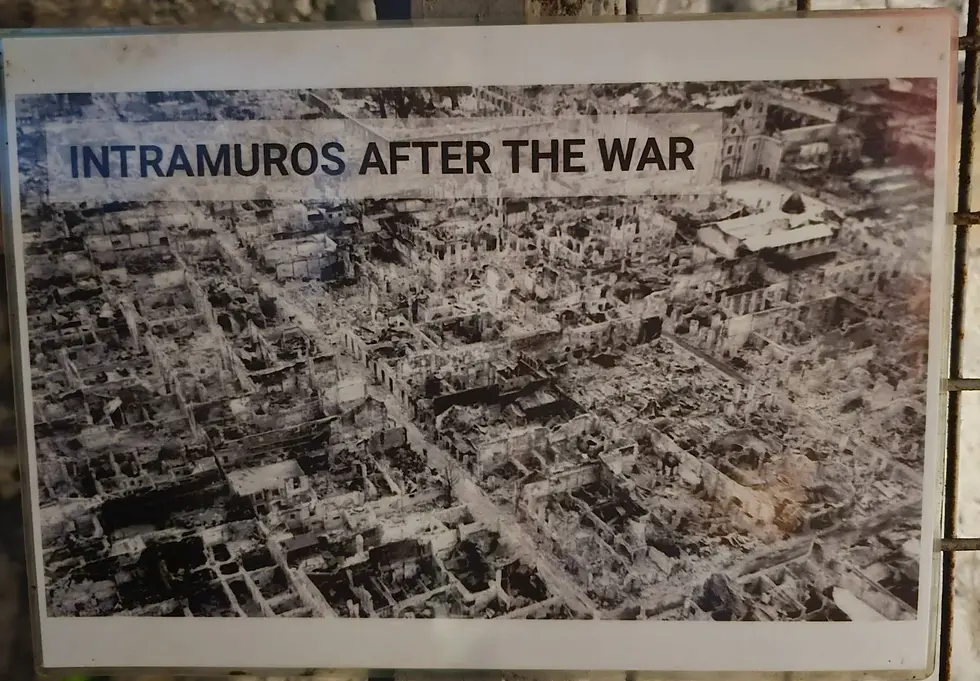
Intramuros withstood the seven-year conflict between Spain and Britain in 1762 but endured severe destruction during World War II, primarily due to extensive bombing by American forces following the Japanese invasion and occupation of the city.
During this time, much of the original architecture and structures were either destroyed or damaged, not only from the bombing but also due to the 'scorched earth' tactics used by the retreating Japanese army.
Intramuros was nearly obliterated, making Manila the second most devastated city of World War II, following Warsaw in Poland.
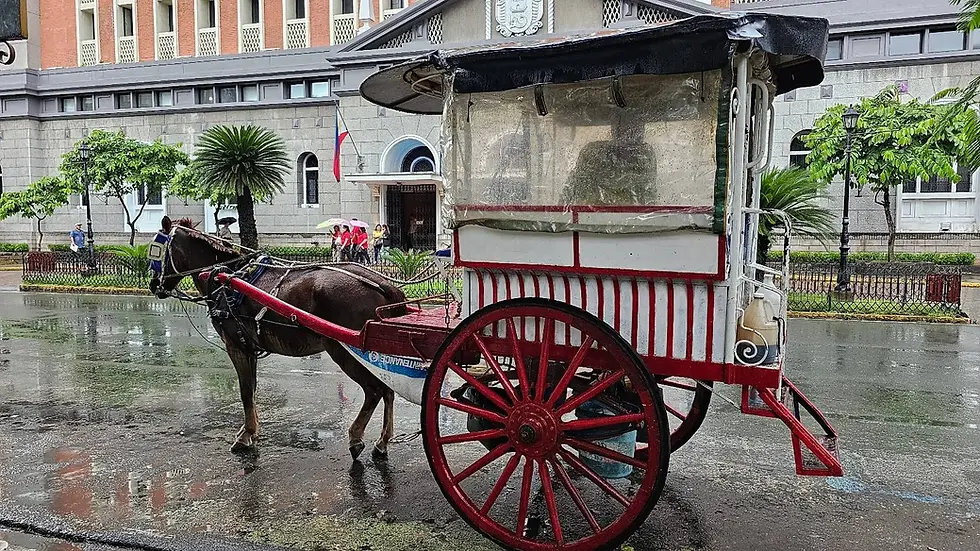
Following the conclusion of the war and the proclamation of Philippine independence from the U.S. in 1946, initiatives have been undertaken to protect and restore the remnants of Intramuros' historical legacy.
Although a significant portion of the original city has been lost, Intramuros remains a beloved site, drawing tourists who are keen to explore the colonial history of the Philippines.
It provides a distinctive view of the nation's history through its museums, cultural sites, and landmarks.
As a living monument to the history of the Philippines, Intramuros represents the country's resilience and serves as a concrete link to its fight for independence from foreign rule.
Manila Cathedral Opening Times
The Manila Cathedral is open to the public for both religious services and sightseeing.
Visitors can explore its interior, learn about its history, and appreciate its artistic and architectural elements.
The Manila Cathedral is open to the public from 7 am to 5 pm, Tuesday to Sunday.
There are no entrance fees, but donations are welcome.
The cathedral is closed on Mondays and holidays for office maintenance.
⪢ Opening Hours for Mass
● Mondays to Fridays: 7.30 am to 12.10 pm
● Saturdays: 7.30 am only
● Sundays: 8 am, 10 am, and 6 pm
How to Get to Manila Cathedral
The Manila Cathedral is situated within the walled city of Intramuros, in the heart of Manila, making it a central and accessible location for both locals and tourists.
By LRT
The nearest LRT station to the Manila Cathedral is Carriedo Station. From Carriedo Station, you can walk to the cathedral, which is about a 13-minute walk.
By Bus
There are several bus lines that pass by the Manila Cathedral. You can take a bus from any major bus terminal in Manila. The nearest bus stop to Manila Cathedral is Andres Soriano Jr Ave / General Luna, Manila (a 4 min walk away).
By Taxi
You can also take a taxi to the Manila Cathedral. The taxi fare will depend on the distance from your starting point.
By Car
If you are driving, you can enter Intramuros through Gate 1 or Gate 3. Once inside Intramuros, you can park your car at the parking lot near the Manila Cathedral.
Car Rental
Whether you're planning scenic road trips or quick rides around town, renting a car or scooter can save time. Rentalcars.com helps you find the best deals from reputable providers.
⪢ Consider Taking a Tour
Many tour operators offer guided tours of Intramuros, which often include a visit to Manila Cathedral.
Joining a guided tour can be a convenient way to learn about the history of the area while ensuring you won't get lost!
⪢ Contact Information for Manila Cathedral
● Address: Cabildo cor. Beaterio St., Intramuros, Manila, Philippines 1002
● Contact: +63 (0)285273093 / (0)285271796
● Email:
ADVERTISEMENT
Where to Stay in Manila
Looking for a place to stay nearby? Browse Manila hotel deals near Intramuros below to find great rates from top providers in the city.
Our map offers a user-friendly interface that allows you to zoom in and out, providing a comprehensive view of the area and enabling you to identify the most convenient hotel options based on your current location or desired destination.
Other Places to Visit Nearby
There are many places to check out in Intramuros, but here are a few within walking distance from Manila Cathedral that we recommend you check out:
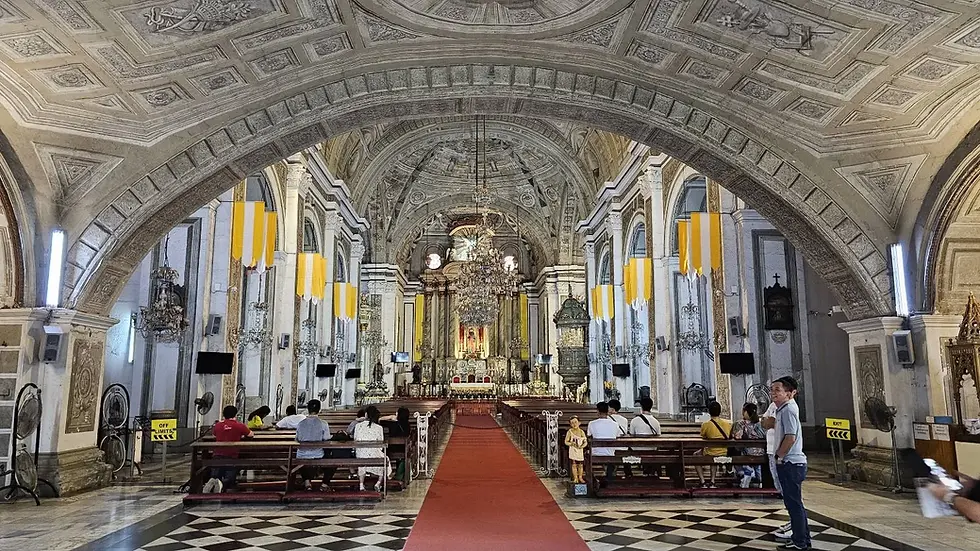
San Agustin Church
The San Agustin Church is the oldest in the country, one of the four Baroque Churches of the Philippines, and a UNESCO World Heritage Site.
It is the only church that survived the near-complete destruction of Intramuros in WW2.
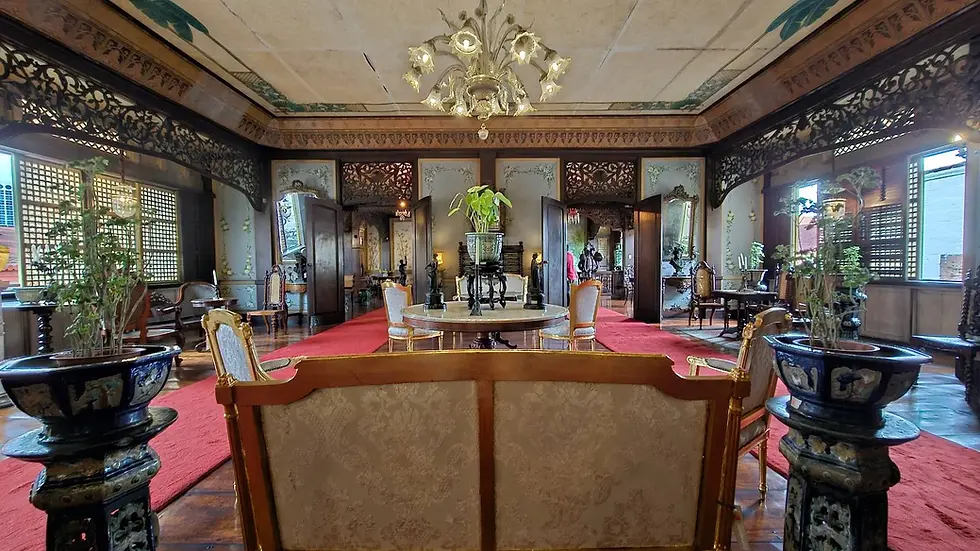
Casa Manila
Casa Manila is a museum that was built in 1980, showcasing the lifestyle of a wealthy Filipino family during the Spanish colonial period.
It is a fascinating tour back in time here, with original features and furnishings.
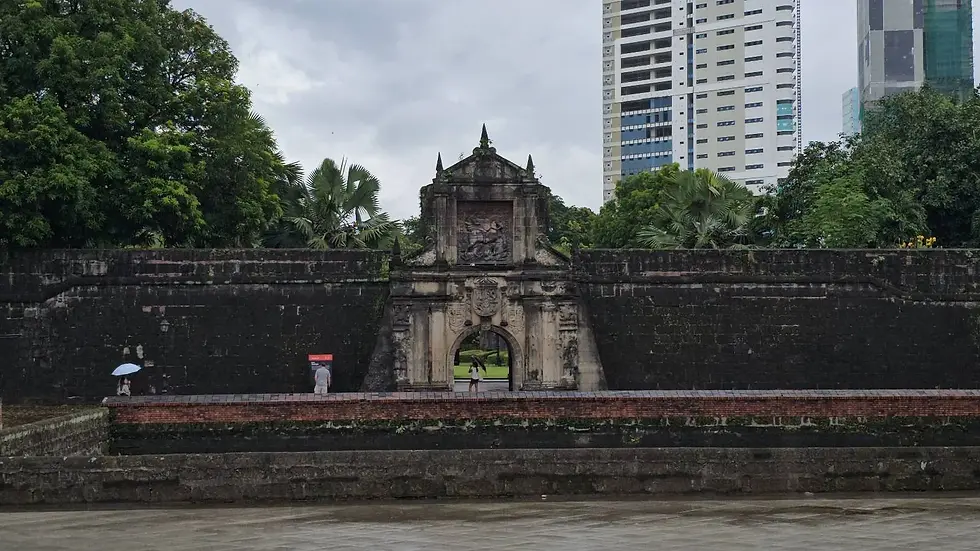
Fort Santiago
Fort Santiago was built by the Spanish in 1571 and served as the HQ of the colonial government.
The fort was also used as a prison, and it is where José Rizal, the national hero of the Philippines, was imprisoned before his execution in 1896.

Barbara’s Restaurant
Step back in time at Barbara’s Heritage Restaurant in Manila’s famous walled city of Intramuros.
A must-visit for great food, music, and culture. A wonderful way to immerse yourself in the incredible history and tradition of the Philippines.
Watch Our Exploration of Intramuros on YouTube
In this video, we explore Manila Old City, known as Intramuros! It is such a beautiful and historic area of Manila!
We show you the best luxury and local places to visit as we walk around and explore the city.
We explore the tourist hot spots of the Plaza San Luis Complex, where you can find Barbara's Heritage Restaurant, the Royal Cafe, and the Casa Manila Living Museum.
We also head to San Agustin Church and Manila Cathedral.
We then check out Fort Santiago, all while enjoying the sights and sounds of the lively and friendly Manila that we have come to know and love.
If you enjoy our video and want to follow more of our adventures, please like and subscribe!
Your support truly is invaluable to us, and we will always strive to produce the best content we can from around the world!
Our Experience Rating:
Manila Cathedral

The Manila Cathedral remains a symbol of faith, history, and culture for the Philippines, drawing in visitors and pilgrims alike to experience its beauty and significance.
The cathedral's rich history, architectural grandeur, and religious significance make it a cornerstone of Philippine cultural heritage and identity.
We are honored to have been able to come here and share our energy with a place of such importance.
As we put together this blog post, we learned even more about the history of this cathedral, and it has added so much to what was already a wonderful experience.
We urge you to visit, enjoy the warmth of this space, and make a donation!
FAQ: Manila Cathedral – What to Know Before You Go
What is the Manila Cathedral?
The Manila Cathedral, officially known as the Minor Basilica and Metropolitan Cathedral of the Immaculate Conception, is the premier church of the Philippines and the seat of the Archbishop of Manila.
It has been rebuilt multiple times after surviving earthquakes, fires, and war.
Where is it located?
The cathedral is situated in Intramuros, the historic walled city in Manila, Philippines, just steps away from Fort Santiago and Plaza Roma.
💡 Pair your visit with a walking tour of Intramuros’ Spanish-era landmarks.
What makes it historically significant?
It’s one of the oldest and most symbolic Catholic structures in the Philippines.
Since the 1500s, it has served as a spiritual and political centerpiece, surviving seven major reconstructions, including destruction in World War II.
What are the visiting hours?
The cathedral is typically open daily from 7 am to 6 pm, with mass schedules available on their official website or Facebook page.
💡 Entry is free, but respectful attire is required.
Can you attend a mass or a wedding there?
Yes, regular masses are held daily, and the cathedral is a sought-after venue for weddings, ordinations, and state ceremonies.
It’s also been visited by three popes, including Pope Francis in 2015.
What architectural style is the cathedral?
The current design (completed in 1958) is Neo-Romanesque, featuring arched entrances, rose windows, baroque carvings, and modern stained glass.
It’s both grand and solemn, with a striking marble altar.
How long should I spend here?
A full visit takes around 30–45 minutes, or longer if attending a service or exploring nearby Intramuros sites.
Is there an entrance fee?
No, entry is free, though donations for preservation are welcome. Tourists are encouraged to be respectful during religious services.
What’s the best time to visit?
Morning or early evening is best for quiet reflection and cooler weather. Weekends can be busy due to events and churchgoers.
What else is nearby?
● Fort Santiago (historic citadel)
● San Agustin Church (a UNESCO World Heritage Site)
● Rizal Park, just a short walk away

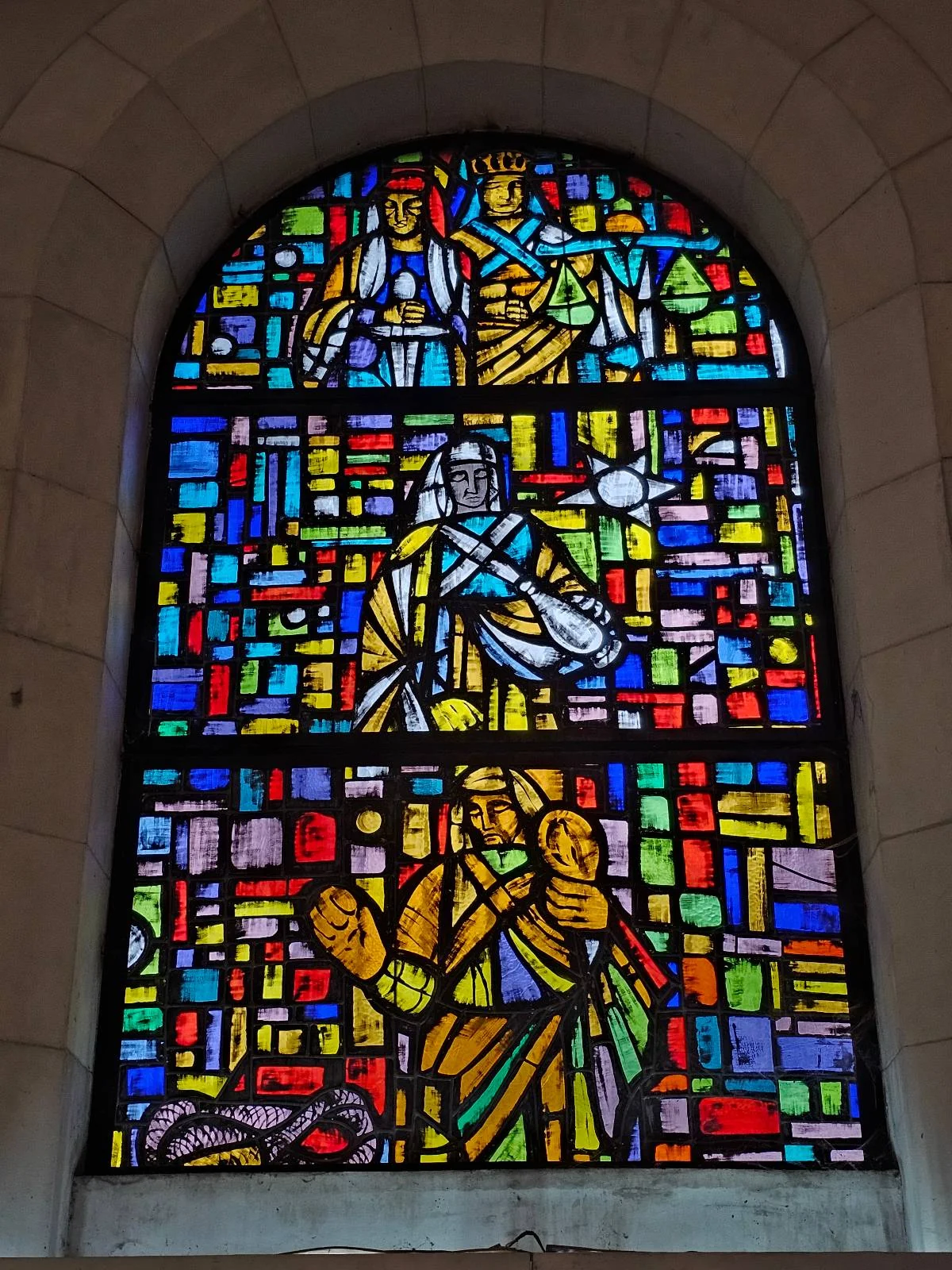
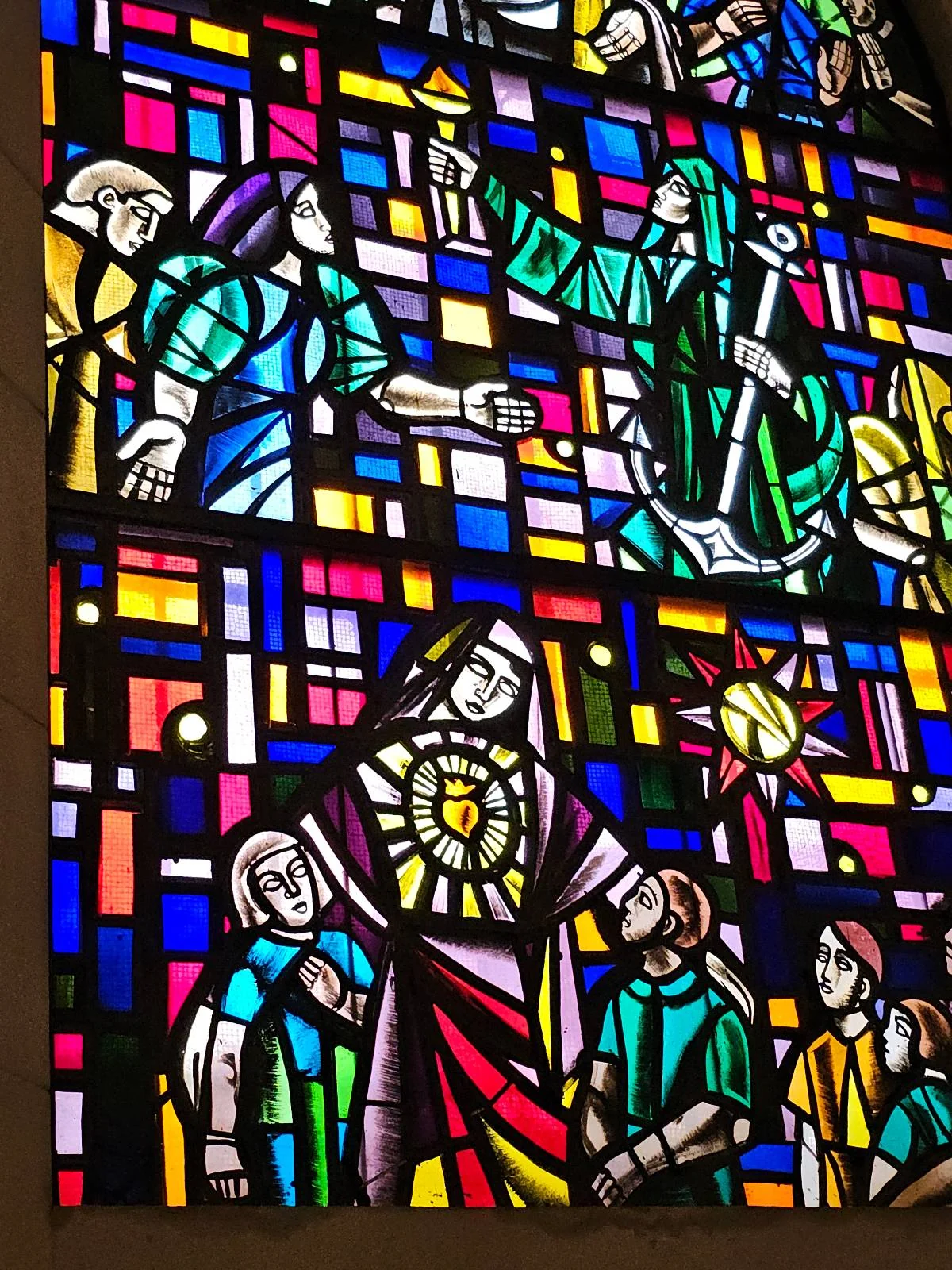














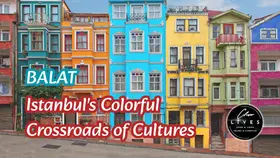
























































A special place for its history, location and above all, energy. So blessed to have put my feet here!